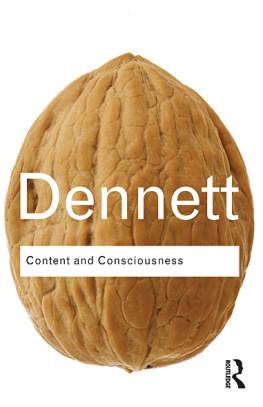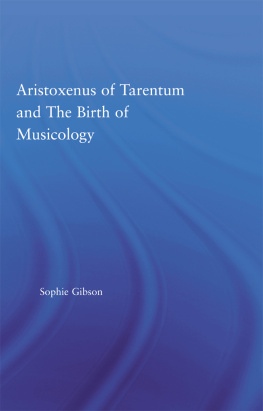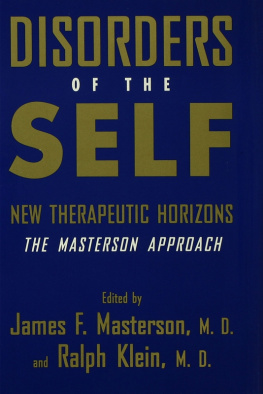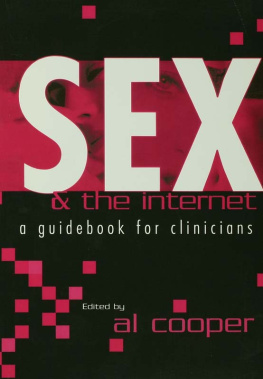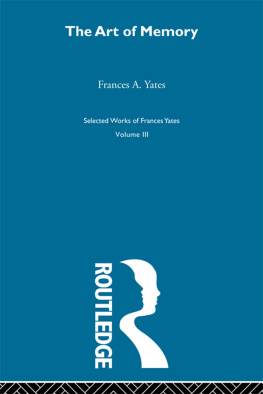LATINO COMMUNITIES
EMERGING VOICES
POLITICAL, SOCIAL, CULTURAL, AND LEGAL ISSUES
Edited by
Antoinette Sedillo Lopez
University of New Mexico
A ROUTLEDGE SERIES
DOMINICANS IN NEW YORK CITY
POWER FROM THE MARGINS
Milagros Ricourt
First published 2002 by Routledge
Published 2016 by Routledge
2 Park Square, Milton Park, Abingdon, Oxon OX14 4RN
711 Third Avenue, New York, NY 10017, USA
Routledge is an imprint of the Taylor & Francis Group, an informa business
Copyright 2002 by Milagros Ricourt. All right reserved
All rights reserved. No part of this book may be reprinted or reproduced or utilised in any form or by any electronic, mechanical, or other means, now known or hereafter invented, including photocopying and recording, or in any information storage or retrieval system, without permission in writing from the publishers.
Notice:
Product or corporate names may be trademarks or registered trademarks, and are used only for identification and explanation without intent to infringe.
Credits and acknowledgments borrowed from other sources and reproduced, with permission, in this textbook appear on appropriate page within text
ISBN: 9780415933308 (hbk)
Library of Congress Cataloging-in-Publication Data
Ricourt, Milagros.
Dominicans in New York City: power from the margins I Milagros Ricourt.
p. cm. (Latino communities)
Includes bibliographical references and index.
ISBN 0-415-93330-7
1. Dominican AmericansNew York (State)New YorkEthnic identity. 2. Dominican AmericansNew York (State)New YorkCultural assimilation. 3. Dominican AmericansNew York (State)New YorkSocial conditions. 4. New York (N.Y.)Ethnic relations. 5. New York (N.Y.)Social conditions. I. Title. II. Series.
F128.9.D6 R53 2002
305.868'72930747-dc212002017779
The photographs follow page 54.
I AM GRATEFUL TO THE MANY PEOPLE WHO HELPED ME WRITE THIS BOOK. FIRST, I THANK Professor Forrest Colburn who provided especially thorough and constructive criticism as the manuscript was being written. Moreover, I profited from Professor Colburn's suggestions for improving the manuscript once it was completed. The manuscript has also been strengthened by the critical readings of other colleagues and friends. I wish to thank Nancy Lopez, Jorge Duany, Jose Luis Renique, Segundo Pantoja, Xavier Totti, Laird Bergard, Cesar Ayala, and Michaeline Crichlow. They read the manuscript and provided many insightful comments. Simona Acosta and Vicky Rodriguez helped me with computer software. Assistance in the libraries of the City University of New York was provided by Professor Susan Voge. I am also grateful to Professor Roger Sanjek, a great teacher and friend, for sharing with me his ethnographic skills.
Two institutions in New York City provided me with the resources to conduct research and write: The Community Development Research Center at the Milano School of Urban Policy of the New School, and the City University of New York.
I especially thank all the people who gave me their time and their trust sduring my fieldwork in Queens, the Bronx, and Manhattan.
Finally, I am indebted to Flix, my husband, and my sons Miguel, Andrs, and Fernando. I could not have done this work without their support and patience.
DOMINICANS IN NEW YORK CITY
CHAPTER 1
Introduction
T HIS STUDY EXPLORES THE DIVERSE STRUGGLES OF INCORPORATION PURSUED BY immigrants from the Dominican Republic to one city in the United StatesNew York City. The Dominican Republic, the second largest country of the Greater Antilles in the Caribbean Sea, was the nation that sent the most immigrants to New York City during the 1980s and 1990s. This study chronicles the lives of Dominicans in New York City: their difficulties, their courage, and their boldness to incorporate themselves into American politics. Their political success makes Dominicans an emerging ethnic community in New York City. Indeed, Dominicans are the first group of new immigrantsthose people migrating to the United States after 1965who have gained electoral representation in both the New York City Council and the New York State Assembly. Despite their immigrant status and their poverty, Dominicans have managed to become an ethnic political force in New York.
Ethnic studies have gained renewed vigor in the wake of accelerating immigration after the 1965 immigration act. Unlike the earlier immigration wave, composed primarily of Europeans, contemporary immigrants come mostly from Latin American and Asia. The process of adaptation to America society by this new group of immigrants poses many practical and theoretical questions. New immigrants live in a different socioeconomic environment, processes of migration are continuous, and they are of different races, which can alter significantly processes of incorporation.
Ethnic studies in the past took for granted that incorporation was part of acculturation into the values, norms, and practices of American society. Today this assertion is problematic. I argue that incorporation does not mean the acquisition of a new culture (American) at the expense of the old culture (Dominican) as proposed by assimilation theories. Instead, incorporation today evolves in the midst of a multiplicity of allegiances, and a reconstituted Identity where both old and new cultures are reshaped.
But ethnicity also complicates the politics of incorporation of Dominicans. The Dominican community includes long-established and even second-generation Dominicans who push and practice incorporation. But other Dominicans have their identity and loyalties torn between two placesthe Dominican Republic and the United States. Still others see themselves as exiles and foreign nationals. Dominicans have diverse, and sometimes even multiple, ethnic identities. The identity of Dominicans is spread out on a wide continuum, one that complicates their incorporation into the United States.
Just where on this continuum individual Dominicans reside depends on a number of considerations. Clearly, as has been the case with previous immigrant groups, length of residence in the United States is an important determinant of assimilation. However, a proposition of this study is that the barriers to successful integration that many Dominicans confront lead many Dominicans to cling to their ethnic identity as a social, political, and even a cultural strategy to improve their individual and collective welfare. Ironically, the route to the full panoply of benefits to life in the United States may entailat least for Dominicansforegoing assimilation (at least for a while) and banding together as an ethnic community for the purpose of being politically recognized. Thus, deciding on ones identity, of where to place oneself on the continuum stretching from Dominican to Dominican-American to American, depends at least in part on a political calculus. The choices individual Dominican immigrants make depends in part, too, on the institutional parameters: what does the United Statesand New York City in particular offer Dominicans who quietly assimilate and what does it offer to Dominicans who press claims as Dominican-Americans.
Dominicans decision about how to shapeor choosetheir identity are also determined in part by gender and their own particular household structure. Gender strongly influences the major parameters of lifeincluding of career opportunitiesand so it shapes, too, decisions made by men and women about where to settle on the continuum of Dominican, Dominican-American, American. Similarly, household structures differ, thus offering different opportunities and incentives for ethnic identification, social involvement, and political participation. Clearly, decisions about assimilation, about social, cultural, and political incorporation into the United State, are complex, being much more than simply a function of length of residence in the United States.



